Digitising Convenience Stores
NDA
Proof of concept for a new service offering
We partnered with a leading Japanese management consultancy to introduce Service & Product Design methodologies to their offering.
Integrating Design Thinking, User Feedback, and Agile Methodologies, demonstrating the value of the make-test-learn process in Japan's unique innovation landscape.
Role:
Service Design Lead
Responsibilities:
Facilitating stakeholder workshops, training sessions, multilingual user interviews, concept generation, prototyping and testing
Team:
Service Design Lead (me)
Product Design Lead
Full-stack Developer
Back-end Developer
Strategy Partner
Learning by doing
The project had dual objectives - to teach and to create a viable new service.
We chose to co-run a project for one of the consultancy’s main clients so that our Japanese colleagues could actively participate in the process - moderating user sessions, synthesising insights and planning future sprints. We shaped and led the project, holding a safe space for them to learn by doing, while also running mini training sessions on the different methods.
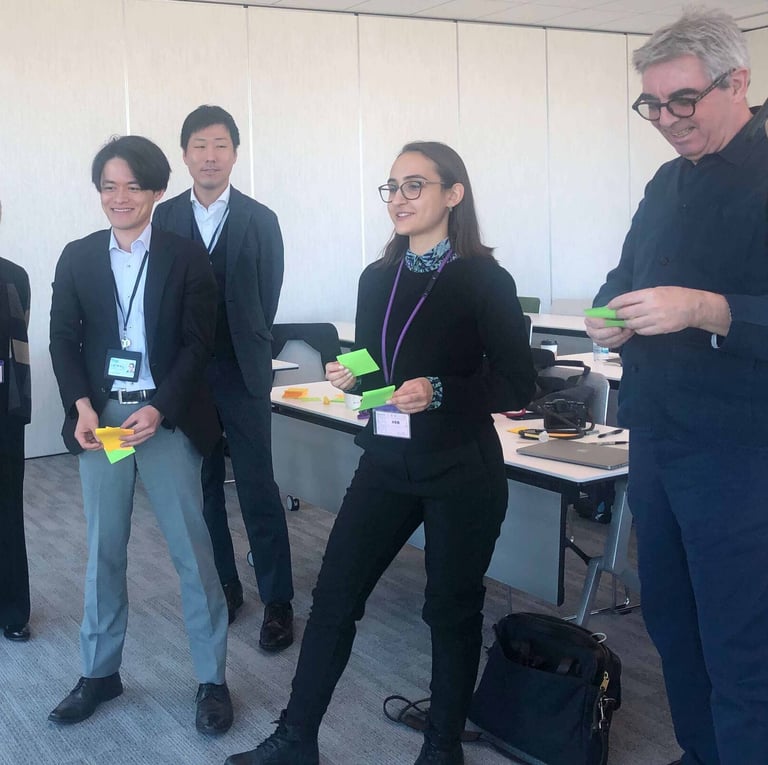

Approach
360 view of the challenges
The client was a prominent convenience store franchise. We conducted observation sessions in various locations of the chain and its competitors, interviewed current and past staff members, store managers and store owners to understand the daily challenges they face. We also spoke with convenience customers to understand their problems, expectations and priorities.
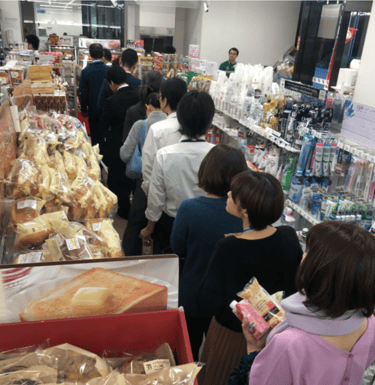

DISCOVERY
The future of convenience
We used Lego modelling sessions in our customer interviews to explore what the convenience store of the future might look like. They shared their vision, concerns and hopes for what might change. Automation, more welcoming spaces and solutions to the long lunchtime queues were among the many ideas we uncovered.
CO-CREATION
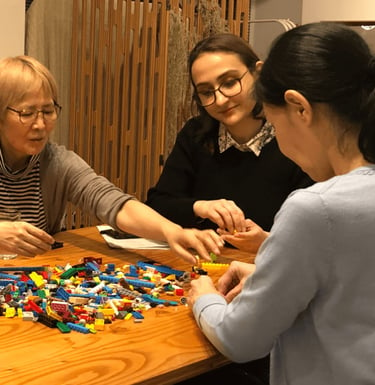

A focus for the next phase
After synthesising our findings, we created a range of concepts and ranked them according to their feasibility and testability in a short amount of time - we only had 6 weeks.
We chose to focus on helping busy customers navigate the lunchtime rush and franchisees to manage the spike in demand that it caused.
CONCEPTING & PRIORITISATION
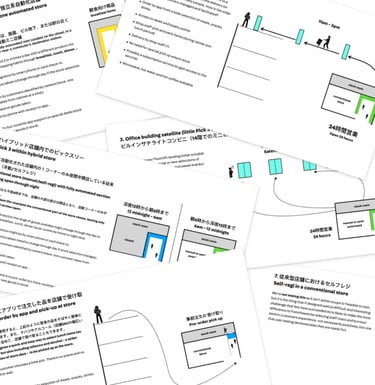

Claiming back lunchtime
Two complementary propositions emerged: pre-ordering with delivery to the office and pre-ordering with a fast-track collection from the store. In just 2 weeks, we developed the first version of a mobile app for ordering and collecting food. In parallel, we designed the processes to power the service - staff workflows, basic operational blueprints, orders processing, packaging, signage, labelling, storage, collection display, etc. We tested the end-to-end service with users in a series of experiments where we gradually increased the volume of participants.
PROTOTYPING & TESTING
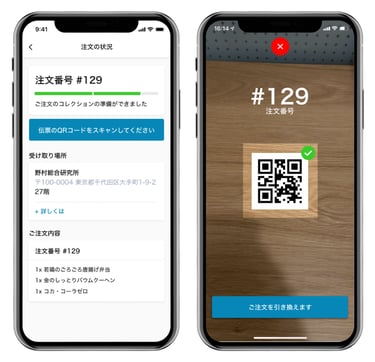

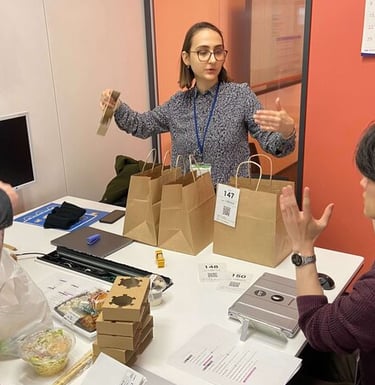

The Experiments
Our experiments were designed to gradually scale, introducing more complexity and pressure on the service. Starting with just 10 participants (5 in each study), then growing to 24 and finally to 100. What we wanted to learn from each study was different too.
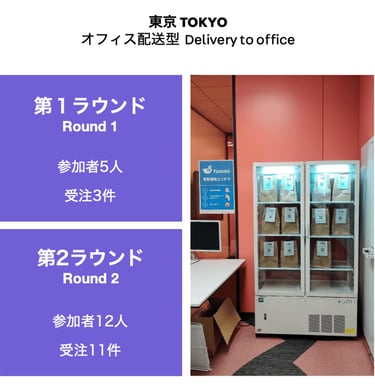

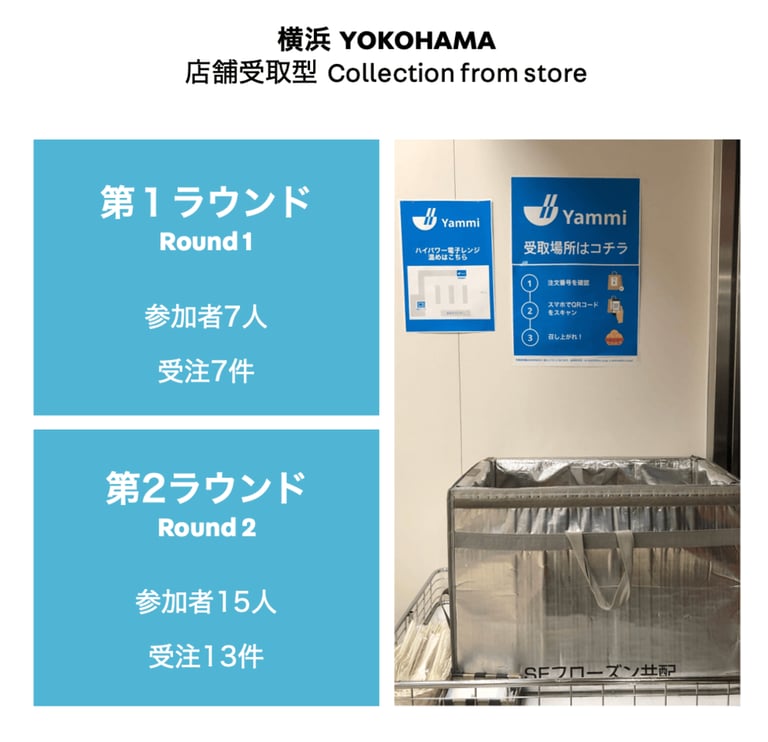

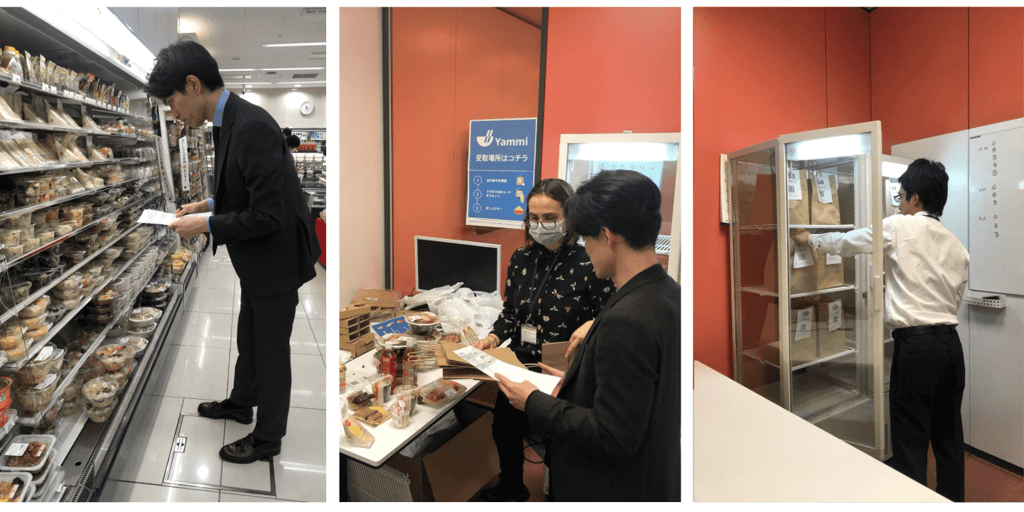

Product Optimisation
After each round of testing we held interview sessions with some of the participants and sent surveys to the rest. With the learnings we continuously optimised the application and updated the build for the following sessions. Our process was highly iterative and helped us tailor the offering as well as create an enjoyable and easy to use product.
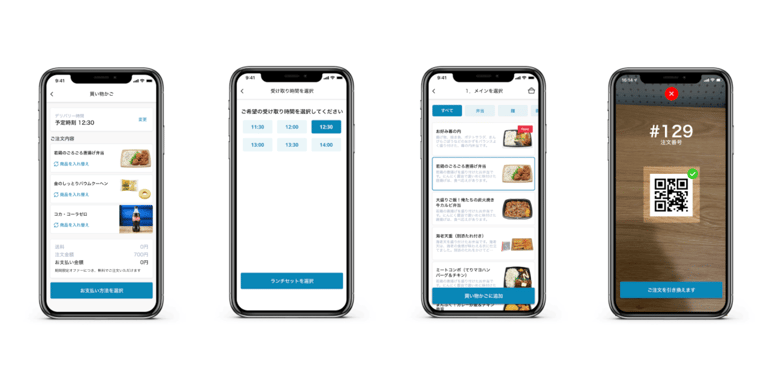

Outcomes
write outcome for the consultancy

